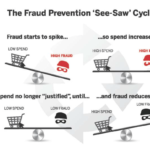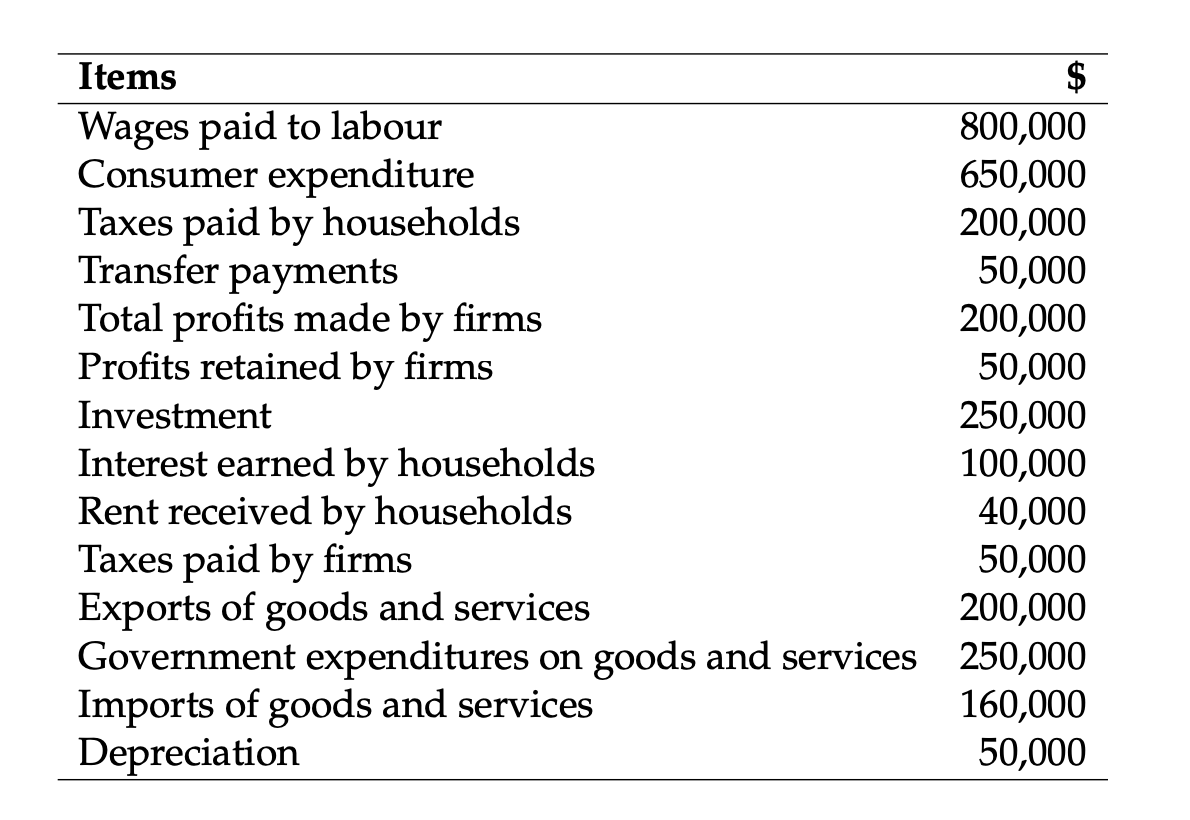When it comes to running a successful business, one of the key considerations is how to distribute profits. Profit distribution is the process of allocating the company’s earnings to its shareholders or owners. There are various payment options available for distributing profits, each with its own advantages and disadvantages. This article will explore the different payment options, factors to consider when choosing the right option for your company, and best practices for implementing profit distribution payments.
Understanding Profit Distribution
Profit distribution is an essential aspect of any business, as it determines how the company’s earnings are shared among its stakeholders. The distribution of profits can be influenced by various factors, such as the company’s legal structure, ownership agreements, and financial performance. It is crucial to have a clear understanding of these factors to make informed decisions regarding profit distribution.
Factors to Consider when Choosing Payment Options
When selecting a payment option for distributing profits, there are several factors to consider:
 What are the video games compatible with monetization?
What are the video games compatible with monetization?- Company Structure: The legal structure of your company, whether it is a sole proprietorship, partnership, or corporation, can influence the available payment options.
- Ownership Agreements: If your company has multiple owners or shareholders, the terms outlined in the ownership agreements may dictate the payment options available for profit distribution.
- Tax Implications: Different payment options may have varying tax implications for both the company and its shareholders. It is essential to consult with a tax professional to ensure compliance with tax regulations.
- Financial Stability: The financial health and stability of your company should also be considered when choosing a payment option. Some options may be more suitable for companies with consistent profits, while others may be more flexible for businesses with fluctuating earnings.
Popular Payment Options for Distributing Profits
There are several common payment options for distributing profits:
- Dividends: Dividends are a common method of profit distribution, particularly for publicly traded companies. Dividends are typically paid in cash and are proportional to the number of shares owned by each shareholder.
- Retained Earnings: Some companies choose to reinvest their profits back into the business rather than distributing them to shareholders. This can help fuel growth and expansion.
- Stock Buybacks: In a stock buyback, the company repurchases its own shares from shareholders. This reduces the number of outstanding shares and can increase the value of the remaining shares.
- Bonuses and Incentives: Another option is to reward employees with bonuses or incentives based on company performance. This can help motivate and retain key personnel.
Pros and Cons of Each Payment Option
Each payment option for distributing profits has its own advantages and disadvantages:
- Dividends: Pros – provides immediate cash to shareholders, can attract investors; Cons – may not be tax-efficient, requires consistent profitability.
- Retained Earnings: Pros – supports business growth, reinvestment opportunities; Cons – shareholders do not receive immediate cash, potential for misuse of funds.
- Stock Buybacks: Pros – reduces shareholders’ equity, may increase stock value; Cons – can be expensive, may signal lack of investment opportunities.
- Bonuses and Incentives: Pros – motivates employees, fosters loyalty; Cons – may not directly benefit shareholders, can be costly.
Best Practices for Implementing Profit Distribution Payments
Implementing profit distribution payments effectively requires careful planning and adherence to best practices:
Hey! This content may interest you What security measures are taken to protect my profits
What security measures are taken to protect my profits- Communicate Clearly: Clearly communicate the profit distribution plan to shareholders, employees, and other stakeholders to ensure transparency and understanding.
- Follow Legal and Tax Regulations: Consult with legal and tax professionals to ensure compliance with applicable regulations and to mitigate any potential legal or tax risks.
- Consider Long-Term Goals: Align profit distribution payments with the long-term goals of the company and its stakeholders, taking into account factors such as growth plans and financial stability.
- Regularly Evaluate Payment Options: Regularly review and evaluate the chosen payment options to ensure they align with the changing needs and circumstances of the company.
Conclusion
Choosing the right payment option for distributing profits is a critical decision for any business. It is essential to consider factors such as company structure, ownership agreements, tax implications, and financial stability when making this decision. Each payment option has its own pros and cons, so it is crucial to evaluate them carefully. By following best practices and regularly evaluating the chosen payment options, businesses can effectively implement profit distribution payments and ensure the fair and efficient allocation of earnings.
Frequent Questions
1. What are the different payment options available for distributing profits?
There are several payment options available for distributing profits, including dividends, retained earnings, stock buybacks, and bonuses or incentives for employees.
2. How do I determine which payment option is best for my company?
The best payment option for your company will depend on various factors, such as your company’s legal structure, ownership agreements, tax implications, and financial stability. It is advisable to consult with professionals and consider the specific needs and goals of your company before making a decision.
Hey! This content may interest you Is there some type of affiliate or referral program
Is there some type of affiliate or referral program3. Are there any legal regulations or tax implications associated with profit distribution payments?
Yes, there may be legal regulations and tax implications associated with profit distribution payments. It is important to consult with legal and tax professionals to ensure compliance with applicable laws and regulations and to understand the tax implications of each payment option.
4. Can I change the payment option for distributing profits in the future?
Yes, it is possible to change the payment option for distributing profits in the future. However, it is important to consider the potential impact on shareholders and stakeholders and to communicate any changes clearly and transparently.
